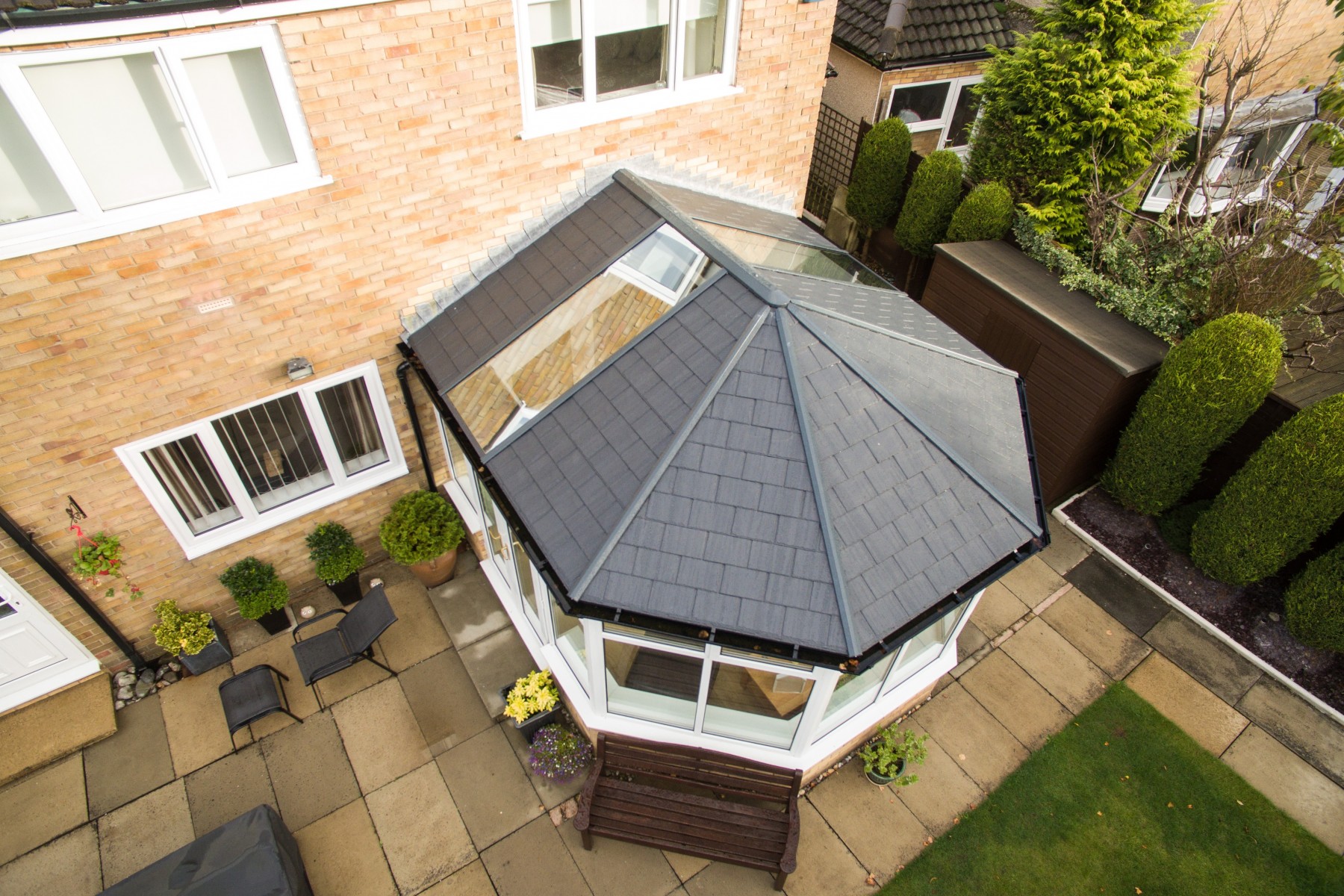
Understanding when you need a new roof is the first step. Common signs include water stains on ceilings, persistent mould growth, broken or slipping tiles, and granules from shingles collecting in gutters. For UK homeowners, roofs that are over 20 to 30 years old are typically nearing the end of their lifespan, especially if routine maintenance has been neglected. A professional roofer will be best equipped to evaluate the roof's condition, but homeowners can do a visual check from the ground in order to spot any obvious problems. If unsure, booking a roof survey from a trusted local contractor can provide clarity and a detailed cost estimate. Early intervention can often prevent more expensive work such as structural strengthening or timber repair. A timely roof replacement can therefore save both money and stress in the long run.
Material choice plays a critical role in the effectiveness and longevity of a new roof. In the UK, homeowners must consider not just the appearance of the roof but how well it will perform in different weather conditions. They should also check if it is compliant with local building codes. Slate is a popular choice for its durability and natural beauty, particularly in older buildings or those listed. Clay tiles offer a traditional look while offering excellent insulation. Synthetic slate and lightweight composite tiles are modern options that mimic traditional materials, but offer improved durability and installation ease. In urban areas green roofing is also becoming more popular due to its environmental benefits. Budget, aesthetics, structural capacity and other environmental factors such as wind exposure or growth of moss will determine the right roofing material.
The price of Typical roof replacement prices in the UK can vary widely, depending on many factors. These include the complexity and size of the roof as well as the chosen materials and region. The average cost of replacing a roof for a three-bedroom standard house is between 5,000 and 12,000. Due to their complexity, properties with steeper slopes, dormer or multiple chimneys may have higher labor costs. It's important to get multiple quotes and compare not just the price but also what is included in the service. Roofers who are reputable should offer a written quote that includes the removal of your old roof and new material, as well as scaffolding and disposal of waste. To protect your investment, you should also discuss warranties on both the materials and work. Though the costs may seem high initially, a new roof significantly improves energy efficiency and boosts resale value, making it a wise long-term investment. To find extra details please check these guys out

Choosing the right roofing material for your home is an important decision when planning a roof replacement. The material you select will affect not only the appearance of your home but also its energy efficiency and long-term durability. In the UK, slate and tiles have become popular due to their durability and appeal. They are especially suitable for period and traditional homes. Asphalt shingles and concrete tiles tend to be preferred for modern homes due to affordability and easy installation. Flat roofs, commonly found in extensions or commercial buildings, may require bitumen or rubber membrane materials. The pros and cons of each material are different, so the best choice is based on your budget, the desired life expectancy, as well as the architectural style and design of the house. Consulting with a professional roofer can help you make an informed decision based on your home's unique needs.
When replacing a UK roof, it is important to ensure that all work adheres to local building codes. Depending on the type of property and the extent of the work, you may need to apply for planning permission or building regulations approval before starting the replacement process. Some areas, such as conservation zones or listed buildings, have stricter regulations regarding materials and methods for replacing roofs. Working with a roofing contractor who understands these rules and regulations is crucial. They can make sure that all requirements are met. Failure to comply with these regulations can lead to fines and the necessity to replace the roof using approved materials.